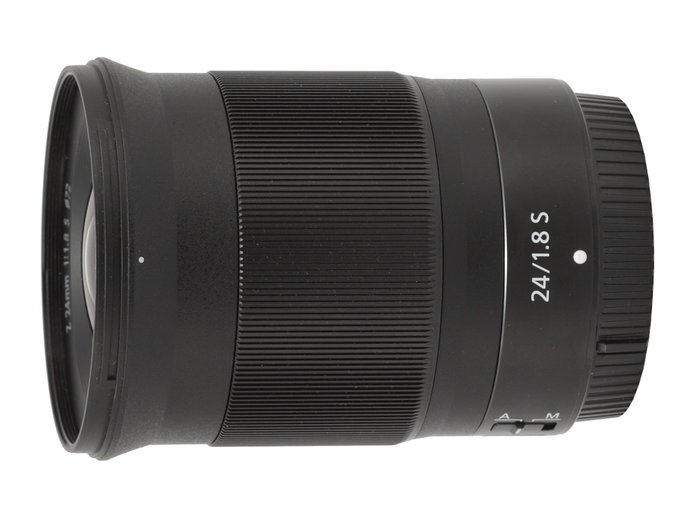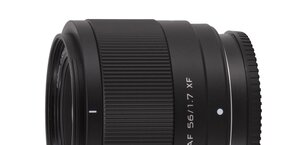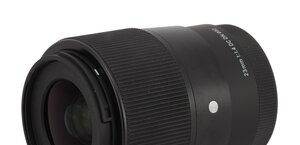Nikon Nikkor Z 24 mm f/1.8 S
1. Introduction
Despite these difficulties the first reflex camera 24 mm Nikkor device so the Nikkor-N 1:2.8 f=2.4cm, shown in 1963, was very optically complex for those times, consisting of 9 elements positioned in 7 groups – all of this with a not especially impressive f/2.8 aperture, not impressive for contemporary standards of course.
The situation got distinctly better with the launch of its successor (1975), already equipped with multi-coatings. They improved the performance concerning ghosting and flares but still the producers didn't increase the number of optical elements. It happened only in 1986, with the launch of the AF-Nikkor 24mm f/2.8s that was an autofocus lens consisting of 9 elements positioned in 9 groups.
Please Support UsIf you enjoy our reviews and articles, and you want us to continue our work please, support our website by donating through PayPal. The funds are going to be used for paying our editorial team, renting servers, and equipping our testing studio; only that way we will be able to continue providing you interesting content for free. |
- - - - - - - - - - - - - - - - - - - - - - - - - - - - - - - - - - - - - - - - - - - - - - - -
Meanwhile, in 1977, a faster aperture-wise model appeared on the market. We think here about the Ai Nikkor 24mm f/2.0. Its superior maximum relative aperture forced to use as many as 11 elements positioned in 10 groups. That version, with small changes, was produced till 2007.
We had to wait till our times to see truly fast 24 mm instruments in the Nikon line-up. In 2010 the Nikkor AF-S 24 mm f/1.4G ED (12 elements in 10 groups) was launched and in 2015 the Nikkon's offer was enlarged by the Nikkor AF-S 24 mm f/1.8G ED (12 elements positioned in 9 groups).
Allegedly getting rid of the mirror chamber makes construction of wide-angle lenses easier so we weren't especially surprised that the new Nikon Z system soon was given the Nikkor Z 24 mm f/1.8 S with the number of elements and groups very similar to those of its predecessor. Still we expected it would perform better both in the frame centre and on the edge of the frame. Did reality match our expectations? Let's find out by reading the rest of the chapters of our test.
We've been lent lenses for our testing procedures courtesy of the Nikon company – thank you very much!
You are also invited to get acquainted with our test procedure, described in the article "How do we test lenses?" If you feel it’s still not enough, please go to our FAQ section where you can find some further explanation.
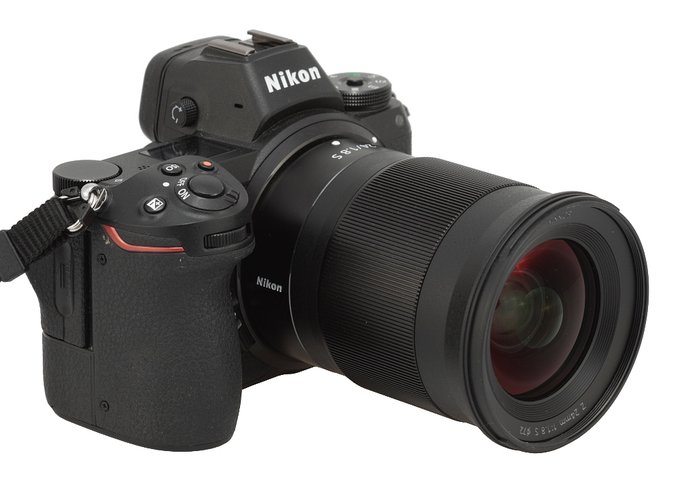 |
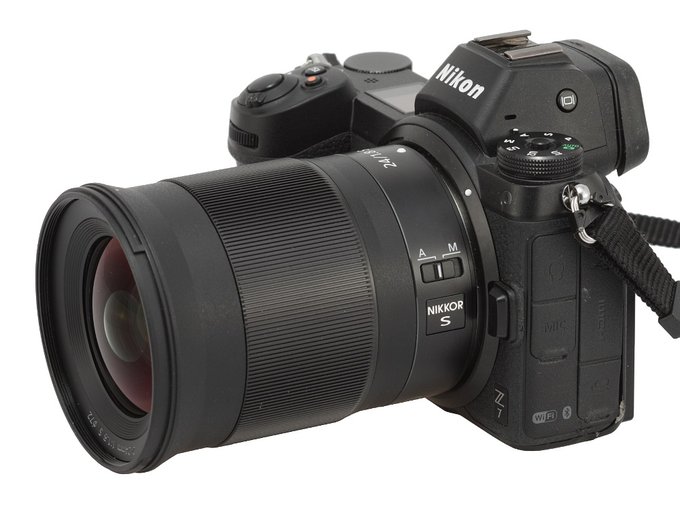 |




